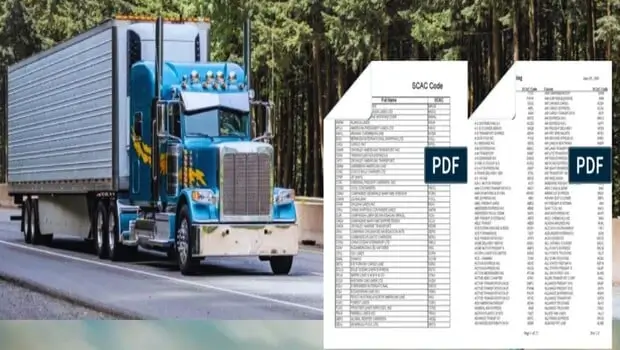
October 10, 2023

3103 Views

5 min read

September 16, 2022

1236 Views

5 min read
The US trucking industry is facing a driver shortage. The reasons for this are many and include the low salaries offered to drivers, the long hours on the road, and the lack of benefits. This shortage has been slowly building for years and is now reaching a critical point. Some estimates say there are as many as 50,000 open truck driver positions in the US. This number is only expected to grow as the population ages and more people retire from driving careers.
As the driver shortage continues to plague the trucking industry, some believe apprenticeship programs could be part of the solution.
Apprenticeship programs have been successfully used in other industries, such as construction and plumbing, to train new workers. These programs typically last 1-2 years and involve on-the-job training as well as classroom instruction. The hope is that by offering apprenticeships in the trucking industry, more people will be attracted to careers as truck drivers.
Apprenticeship programs are nothing new in the trucking industry. In fact, many carriers have been using them for years as a way to attract new drivers. And with the driver shortage showing no signs of slowing down, it’s no surprise that more and more companies are turning to apprenticeship programs.
An apprenticeship program is a structured training program that combines on-the-job training with classroom instruction. An apprenticeship program aims to give new drivers the skills and knowledge they need to succeed in the trucking industry. While apprenticeship programs have been around for years, they are not without their critics. But it is essential to understand how an apprenticeship program works.

Apprenticeship programs can be a great way for young 18-24-year olds to get their start in the trucking industry. Trucking companies want to make sure that their apprentices are properly trained before they hit the road.
Carriers have a vested interest in ensuring that their apprentices receive the best possible training and want them to be well-prepared for the challenges of the trucking industry so that they can be successful drivers.
Some of the key values and principles of an apprenticeship include:
Safety is a top priority for trucking companies, and they want to ensure that their apprentices are trained to be safe drivers. No one wants to see an increase in accidents or injuries due to the driver shortage. This is why many trucking companies are working with apprenticeship programs to ensure that their drivers are properly trained. An especially strong focus is being placed on teaching defensive driving techniques to help prevent accidents.

Many trucking companies are investing in new safety technologies as part of their commitment to safety. These technologies can help apprentices learn the skills they need to be safe drivers. Some of the safety technologies being used include dash cams, GPS tracking, and electronic logging devices.
Some worry that apprenticeship programs could lead to more inexperienced drivers. And while there is no doubt that apprenticeship programs can be beneficial, it’s important to consider the potential risks before moving forward.
Apprenticeship programs can be beneficial, but there are also some risks to consider. There are many risks involved with 18-wheeler apprenticeship programs. Let’s take a look at some of the risks:-

One of the biggest concerns with apprenticeship programs is that they could lead to more inexperienced drivers on the road. The fear is that new drivers who have only completed an apprenticeship program will not have enough experience to handle the challenges of driving a truck. This could lead to accidents and other problems on the road. It’s important to remember that apprenticeship programs are only one part of the training process. New drivers who complete an apprenticeship program should also have to complete a truck driver training program.
Another concern with apprenticeship programs is that they often involve low pay. Apprenticeship programs are designed to allow new drivers to learn and earn at the same time. But the pay is often lower than what experienced drivers earn. This can be a problem for new drivers trying to support themselves and their families.
Another downside of apprenticeship programs is that they often lack benefits. This can be a problem for new drivers who need health insurance or other benefits.
One of the most common complaints about apprenticeship programs is that they often involve long hours. New drivers can expect to be on the road for 10-12 hours a day, sometimes more. This can be tough for new drivers who are not used to being away from home for long periods of time.
The jury is still out on whether or not apprenticeship programs will have a positive or negative impact on road safety. However, it’s important to consider all the potential risks before participating in one. And while apprenticeship programs can be beneficial, they are not without risks. So, it’s important to weigh all the pros and cons before deciding.
What do you think? Are apprenticeship programs a good or bad idea? Let us know in the comments below.
Test